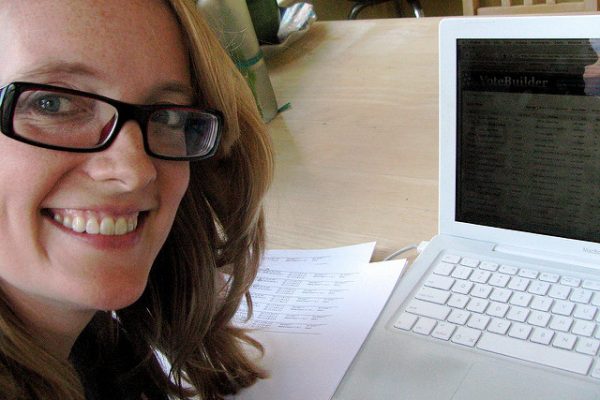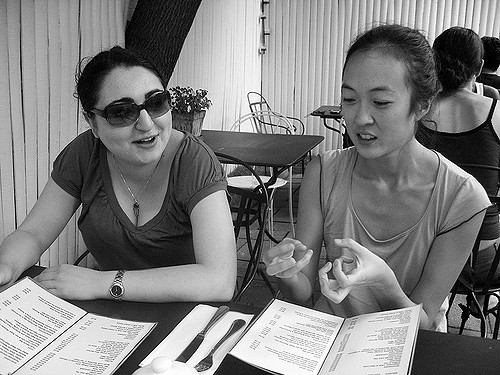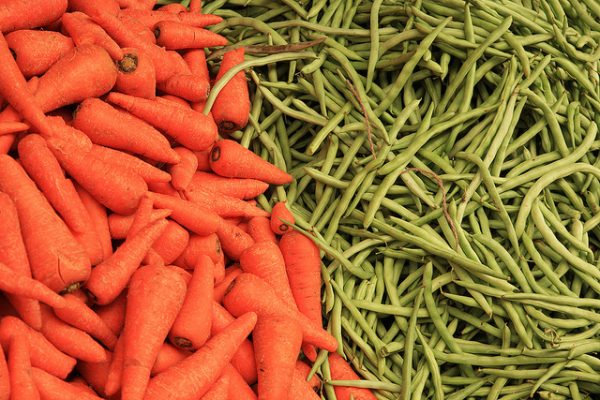Introduction to Python Deep Learning with Keras
Last Updated on September 13, 2019 Two of the top numerical platforms in Python that provide the basis for Deep Learning research and development are Theano and TensorFlow. Both are very powerful libraries, but both can be difficult to use directly for creating deep learning models. In this post, you will discover the Keras Python library that provides a clean and convenient way to create a range of deep learning models on top of Theano or TensorFlow. Kick-start your project […]
Read more








